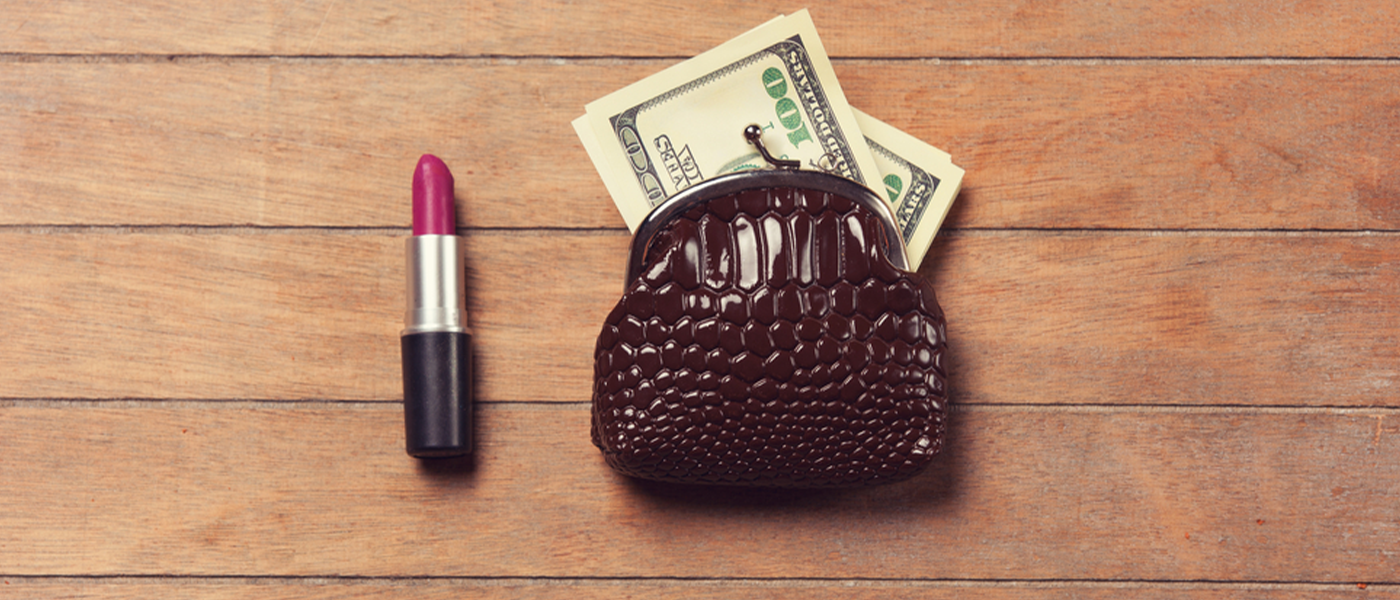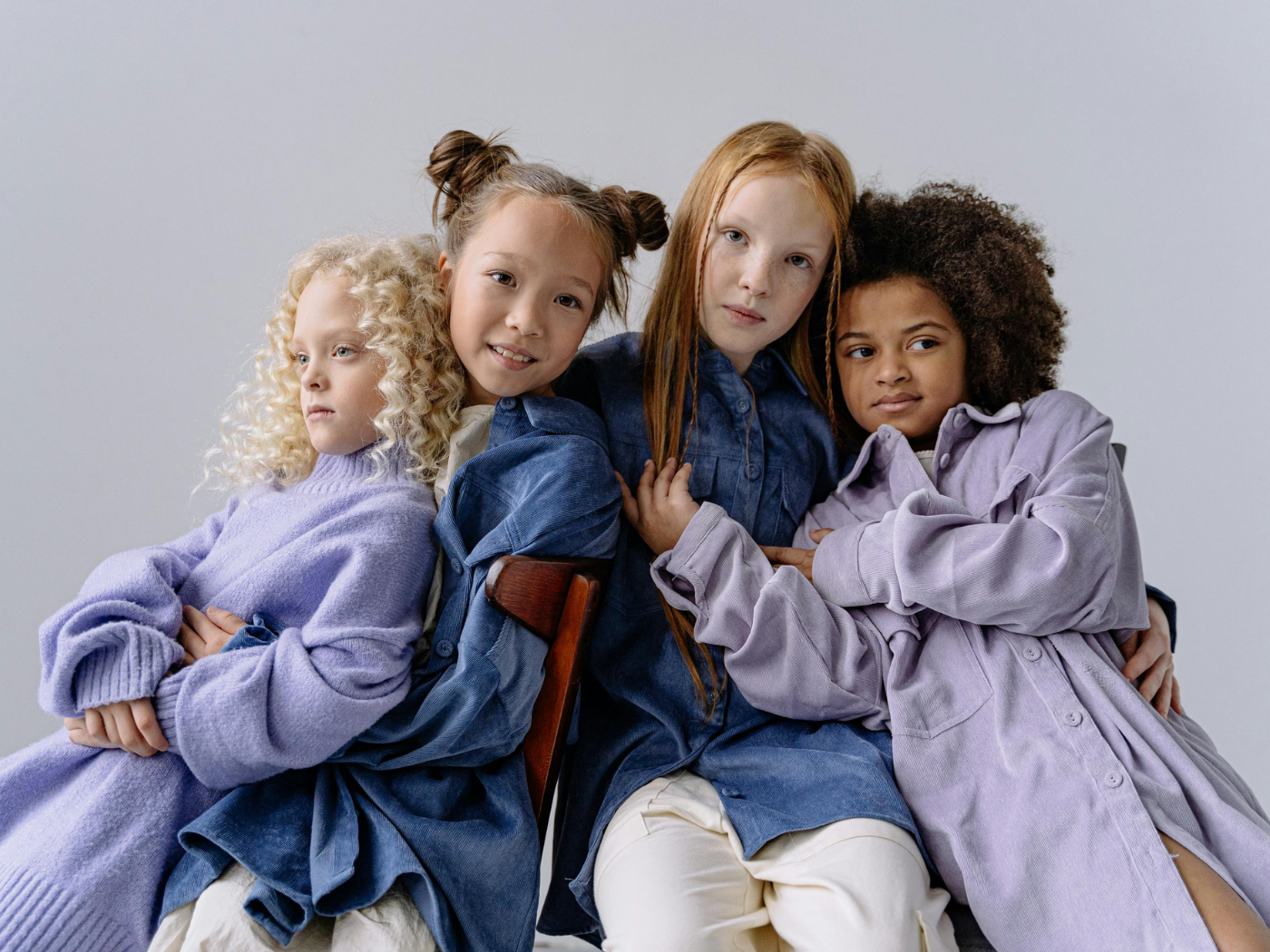Is the beauty industry recession-proof? After reviewing first-half sales results for 2022, it sure appears that way. Among the 14 discretionary retail spending industries tracked by NPD — including apparel, tech, toys, and home — beauty stands alone as the only industry with unit sales on the rise this year. And the growth isn’t minuscule. Strong double-digit growth is what is being reported. Yes, consumers are returning in droves to experiential spending and travel, but other industries are still seeing a sales slowdown.
So, what is the beauty market’s secret sauce?
In the face of today’s economic headwinds, here are the two trends leading beauty’s success in 2022, according to NPD.
- Consumer sentiment is in a free fall. Why would this be a boon to beauty? Because when consumer sentiment is low, they look for ways to feel better. For a beauty enthusiast, nothing perks the spirit faster than a brand-new lipstick. The Lipstick Index is the beauty industry’s economic indicator, and it is flashing red. When NPD overlayed lipstick sales volume over consumer sentiment trends from data partners, CivicScience, NPD found an opposite correlation between the two, indicating that consumers are treating themselves with beauty products.
- The growing base of households earning more than $100K per year is yet another factor bolstering prestige beauty sales. According to Checkout, NPD omnichannel tracking, and buyer analytics data, this higher income consumer represents 47 percent of the beauty shopper base. It’s also the only income group that is growing, increasing by 3 share points versus 2020 and 5 share points over pre-pandemic 2019. This is a positive for the luxury side of the business because higher income consumers are less likely than lower income consumers to feel the pinch of rising prices and are better positioned to indulge in beauty products as a treat for themselves.
This “indulgent” mindset is a behavior NPD observed and called out last year, coinciding with the rise in luxury fragrance sales and consumers’ redefinition of what wellness means to them. The fragrance results proved to the entire beauty industry that consumer desire to indulge should never be underestimated. Since the pandemic began, products tied to self-care have thrived as people placed a greater focus on sleeping more and wearing comfortable clothes — wellness activities that require minimal effort but make them feel good. There are few industries better positioned than beauty to capitalize on the concept of “feeling good” (without any added calories).
Together, all these elements have given birth to the Beauty Index. The Beauty Index is bigger than lipstick or fragrance; it’s broader and more impactful because it encompasses the entire industry and every category. The opportunities are abundant, but the industry must continue to remain vigilant for any potential impacts from the many headwinds swirling around. While the beauty industry might be recession-proof today, there are no guarantees about tomorrow. Succeeding in this volatile environment will require brands and retailers to keep close tabs on changing consumer behaviors and have the flexibility to respond to them.




